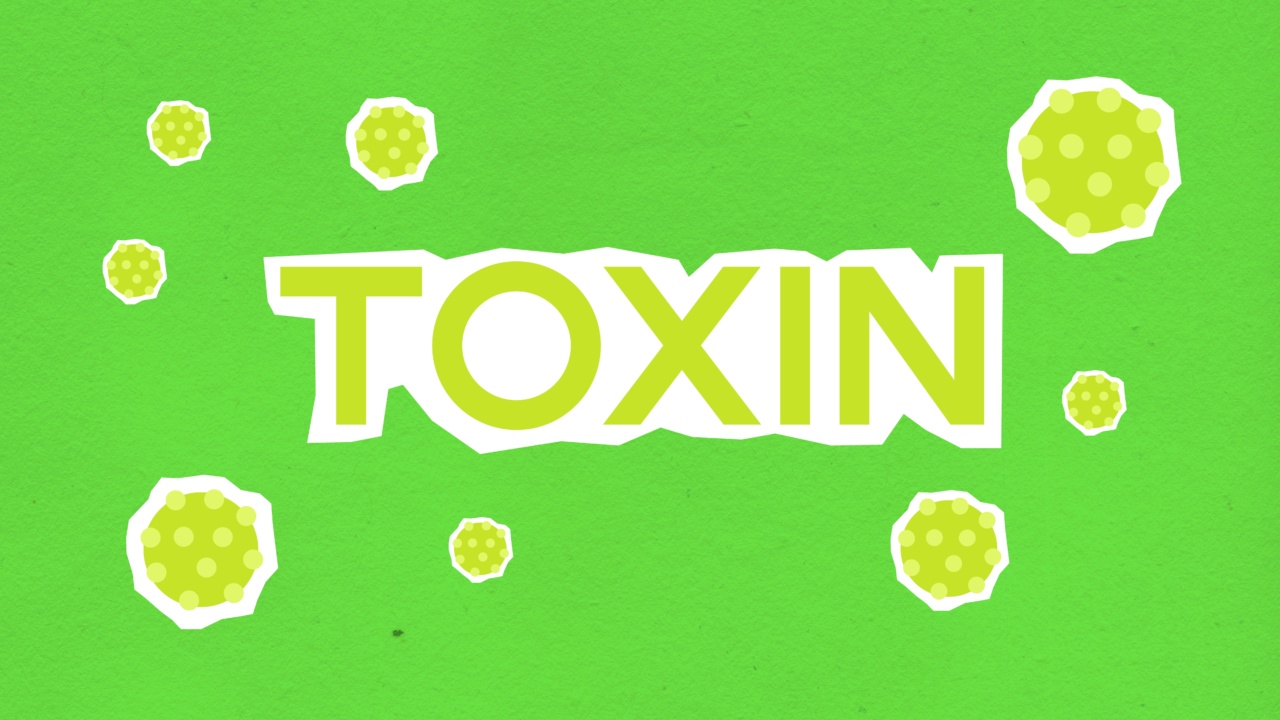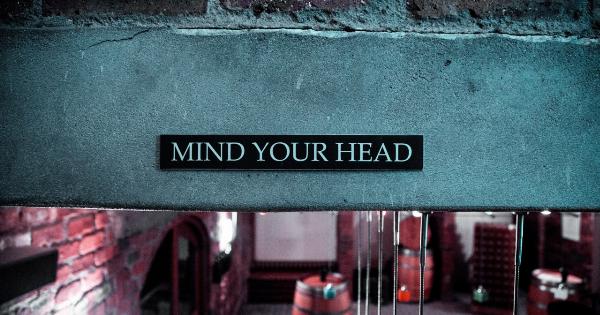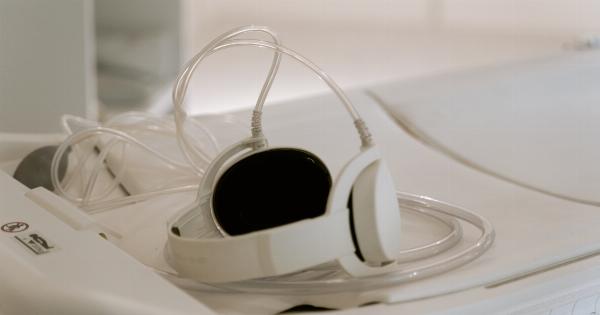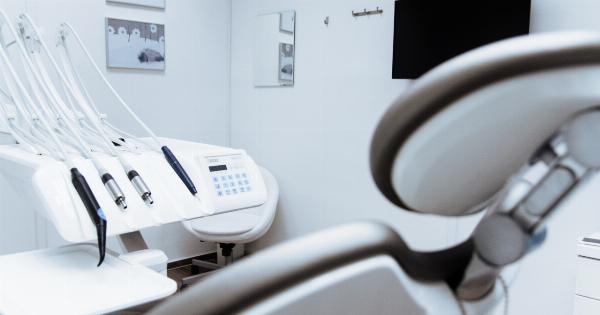When mold spores enter your body, they can trigger an immune response. However, some types of mold produce toxins that can affect your health negatively. When you inhale these toxic spores, they can affect your brain in various ways.
In this article, we’ll look at how toxic mold can affect your brain, and what you can do about it.
What is Toxic Mold?
Toxic mold refers to fungi that produce mycotoxins. These are harmful substances that can cause a wide range of health problems. Toxic mold can grow on a variety of surfaces, including wood, paper, carpet, and food.
Some of the most common types of toxic mold include:.
- Stachybotrys chartarum (black mold)
- Aspergillus
- Penicillium
- Cladosporium
- Alternaria
How Does Toxic Mold Enter the Body?
Toxic mold can enter your body through various means. The most common way is through inhalation. When you breathe in toxic mold spores, they can settle in your respiratory tract and cause irritation.
This can lead to respiratory problems such as coughing, wheezing, and shortness of breath.
Toxic mold can also enter your body through your skin. When you come into contact with moldy surfaces, the spores can attach themselves to your skin and enter your body through cuts or abrasions.
How Does Toxic Mold Affect the Brain?
Toxic mold can affect your brain in several ways. Here are some of the most common effects:.
Neurological Symptoms
Toxic mold can cause a range of neurological symptoms. These can include headaches, dizziness, confusion, and memory loss. These symptoms can be mild or severe, depending on the level of mold exposure.
Mood Changes
Mold exposure can also affect your mood. Studies have shown that exposure to toxic mold can lead to anxiety, depression, and other mood disorders. These effects are thought to be caused by the toxins produced by the mold.
Cognitive Impairment
Toxic mold can also cause cognitive impairment. This includes difficulties with thinking, problem-solving, and decision-making. These effects can be long-lasting and can affect a person’s ability to perform everyday tasks.
Seizures
In rare cases, toxic mold exposure can lead to seizures. These can be caused by the neurological effects of the mold toxins.
Who is Most at Risk?
Everyone is at risk of toxic mold exposure. However, certain groups of people are more vulnerable than others. These include:.
- People with weakened immune systems
- People with respiratory problems
- Children
- Elderly people
- Pregnant women
How Can You Protect Yourself from Toxic Mold?
There are several steps you can take to protect yourself from toxic mold:.
Keep Your Home Dry
Mold grows in damp and humid conditions. To prevent mold growth in your home, make sure to keep it dry. Repair any leaks, use a dehumidifier, and ensure that your home is well-ventilated.
Inspect Your Home for Mold
If you suspect that there is mold in your home, it’s important to inspect it right away. Look for signs of mold, such as musty odors, water stains, and discoloration on walls or ceilings. If you find mold, have it removed as soon as possible.
Clean Up Spills Immediately
If you spill water or other liquids, clean them up right away. This will help prevent mold growth.
Wear Protective Gear
If you need to clean up mold yourself, make sure to wear protective gear. This should include gloves, a mask, and goggles. This will help prevent you from inhaling mold spores or getting them on your skin.
Get Professional Help
If you have a large mold problem or are unsure how to clean it up properly, it’s best to get professional help. A mold remediation specialist can safely remove the mold and ensure that your home is free of mold spores.
The Bottom Line
Toxic mold can have serious health effects, including on the brain. It’s important to take steps to protect yourself from mold exposure and to seek help if you have a mold problem in your home.































